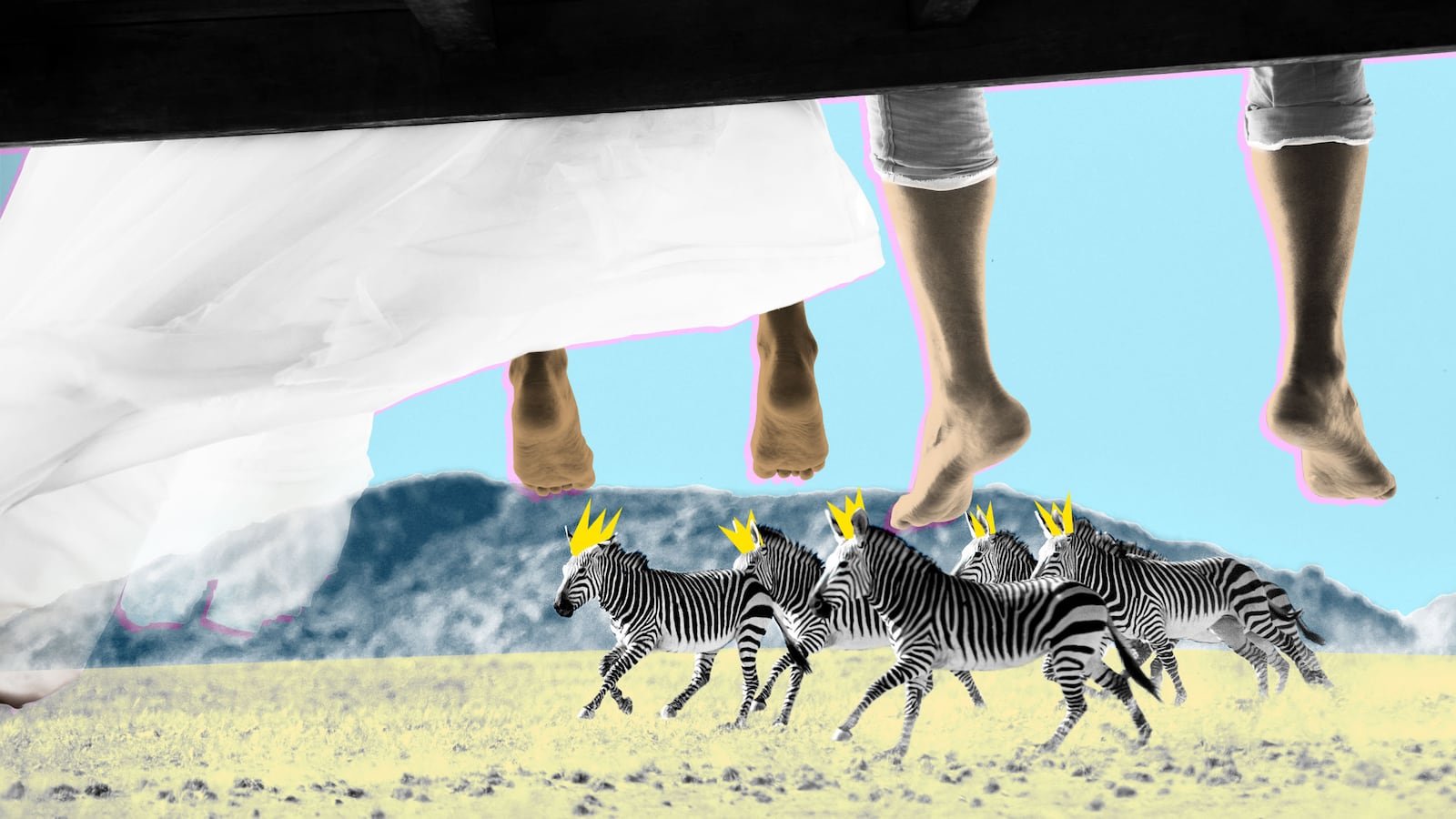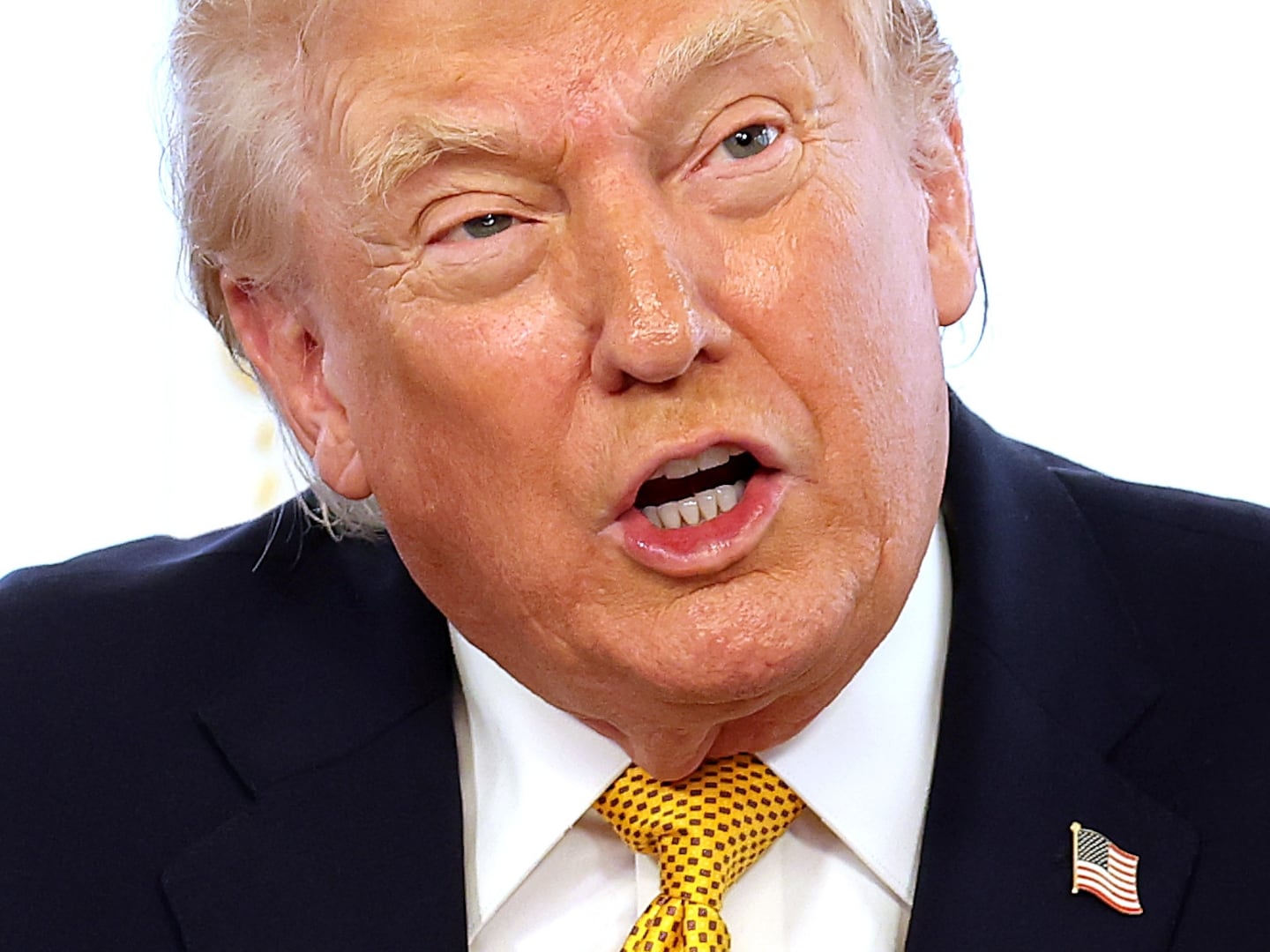The British family and foreign safaris go back a long way, so it is little surprise that Harry and Meghan are being hotly tipped to go on a wildlife adventure in Africa for their honeymoon.
Although they will not be traveling immediately after their wedding—the couple have arranged to make an appearance next week in support of Harry’s Invictus Games—and the palace is not giving out any details, they are widely expected to take an extended African break beginning in late May or early June, when the dry season, the best time for observing animals, begins.
The African continent has special connotations for the couple—early on in their relationship they spent several days camping out under the stars in Botswana. Harry has said it was a critical element in the making of their relationship.

Kenya, Malawi, and South Africa are all places where Harry has excellent local connections and have all been suggested as possible destinations, but the smart money is on Namibia—specifically a safari trip to the luxurious Hoanib Valley Camp in the country's north west.
Safaris first became popular with the British nobility in the Victorian era. The term was invented by the legendary English adventurer and explorer Sir Richard Burton, a wild bon viveur noted for his polymorphic sexual adventuring (he was the first person to translate the Kama Sutra into English) in the era of Victorian restraint.
Burton, the son of an army colonel who began a lifetime of traveling after he was expelled from Oxford University in 1842, coined the word safari, which he derived from the old Arabic word “safariya,” which means “a voyage or expedition” in the 1850s to describe his own big game mission in Africa and India.
British hunters began venturing on hunting trips into sub-Saharan African in earnest in the mid-to-late 1800s, and the spectacular accounts of hunters like Cornwallis Harris and Charles Baldwin spurred others to organize trips emulating them.

Jung Bahadur Rana hosting Prince of Wales (later to become King Edward VII) during a hunt in 1876
Public DomainSafari-going truly exploded after the tours became commercialised in the early 1900s, when entrepreneurial British and European settlers in Africa—who marketed themselves as “white hunters”—began organizing and promoting safaris for rich westerners.
Probably the most famous of these safaris was that put on for the retired U.S. President Theodore Roosevelt and his son Kermit.
Between April and June of 1909 the Roosevelts, accompanied by 250 African porters and guides, killed more than 500 animals, including 17 lions, 11 elephants and 20 rhinos as they travelled thousands of miles across East Africa.
Hunting runs deep in royal blood—William the Conqueror was said to have set aside one third of England as his personal hunting grounds—and so there should be little surprise that the royals were enthusiastic patrons of these bloodthirsty expeditions both in Africa and India.

Prince Albert Victor, Duke of Clarence and Avondale (eldest grandson of Queen Victoria) in a hunting camp in Nepal with Maharajah Bir Shumsher
Public DomainIn 1911, King George V shot tigers in the Sukhibar and Kasra jungles of Nepal at the invitation of Prime Minister. During a period of 10 days from 18 to 28 December he killed 21 tigers, 8 rhinos and a bear. The future King Edward VIII (who would abdicate the throne for Wallis Simpson) was a noted lover of safaris when he was Prince of Wales—he was pictured at a tiger shoot in Nepal during his Indian tour of 1921, and made another epic African safari in 1928. He became one of the first people to arrive on safari by plane on a 1930 trip.
His brother, the future King George VI and his wife Elizabeth went on an African safari for their honeymoon in 1924-25.
In the early days, even for royals and nobles, going on safari was an adventurous experience that required travelers to rough it, sleep in tents and travel by elephant or foot. But by the late 1920s safari operators began to up the luxury quotient. They even, to general concern, began to import vehicles to get their guests close enough for a shot, and in 1929 the matter was raised in British parliament when Lord Passfield spoke of the “monstrous habit of shooting game from motor cars.”
The 1930s saw the boom in hunting safaris continue—witness Ernest Hemingway’s “The Snows of Kilimanjaro” which was published in 1934—but the outbreak of the Second World War bought lavish hunting parties on an industrial scale to a shuddering halt. The 1942 film Bambi didn’t help with the American market, either.
After the slaughter of the war, attitudes began to change.
By 1952, when the then Princess Elizabeth and Prince Philip visited the Treetops hotel, where they stayed in one of the hotel's famous treehouse cabins, the order of the day was photographing, studying and drawing the game rather than killing it.
Keen to capture more on her camera, the queen awoke early one morning and observed two rhino fighting at a nearby waterhole. She was later to learn that this was the exact moment her father, King George VI, died, and she acceded to the throne.
The extent of the changed attitudes to killing big game became clear when people flouted the new mores. In 1961, Philip and the queen were pictured riding out on elephants as part of an Indian safari—and Philip shot a tiger. The killing was greeted with outrage back home—especially as just a few months earlier he had founded a new charity, the World Wildlife Fund.
Prince Charles’ generation was the first set of royals in a century to never shoot any of the “big five” game animals—leopard, lion, elephant, rhinoceros and buffalo. Although Charles and his siblings and their children have enthusiastically slaughtered tens of thousands of pheasant, partridge, grouse and duck in Europe, when it comes to African or Indian safaris they have only observed, photographed, and drawn their quarry (although Harry did shoot a non-endangered water buffalo in Africa).
The young royals are passionate about Africa: William, who has advocated “responsible” trophy hunting, proposed to Kate on the shores of the breathtaking Lake Rutundu by Mount Kenya. The Lewa Safari Camp, where the couple stayed during their trip, is comprised of 12 luxurious tents.

Harry has had his share of super high-end safari experiences, but, to be fair to him, he has also worked in more basic conditions in the African bush for months at a time. In 2016, for example, he made a two-month trip to Malawi to work on an important elephant migration conservation project which involved camping out and roughing it.
But Meghan needn’t worry—their honeymoon safari will, it’s safe to assume, be an out and out luxury experience, the perfect way to welcome his new wife into the royal love affair with Africa.






